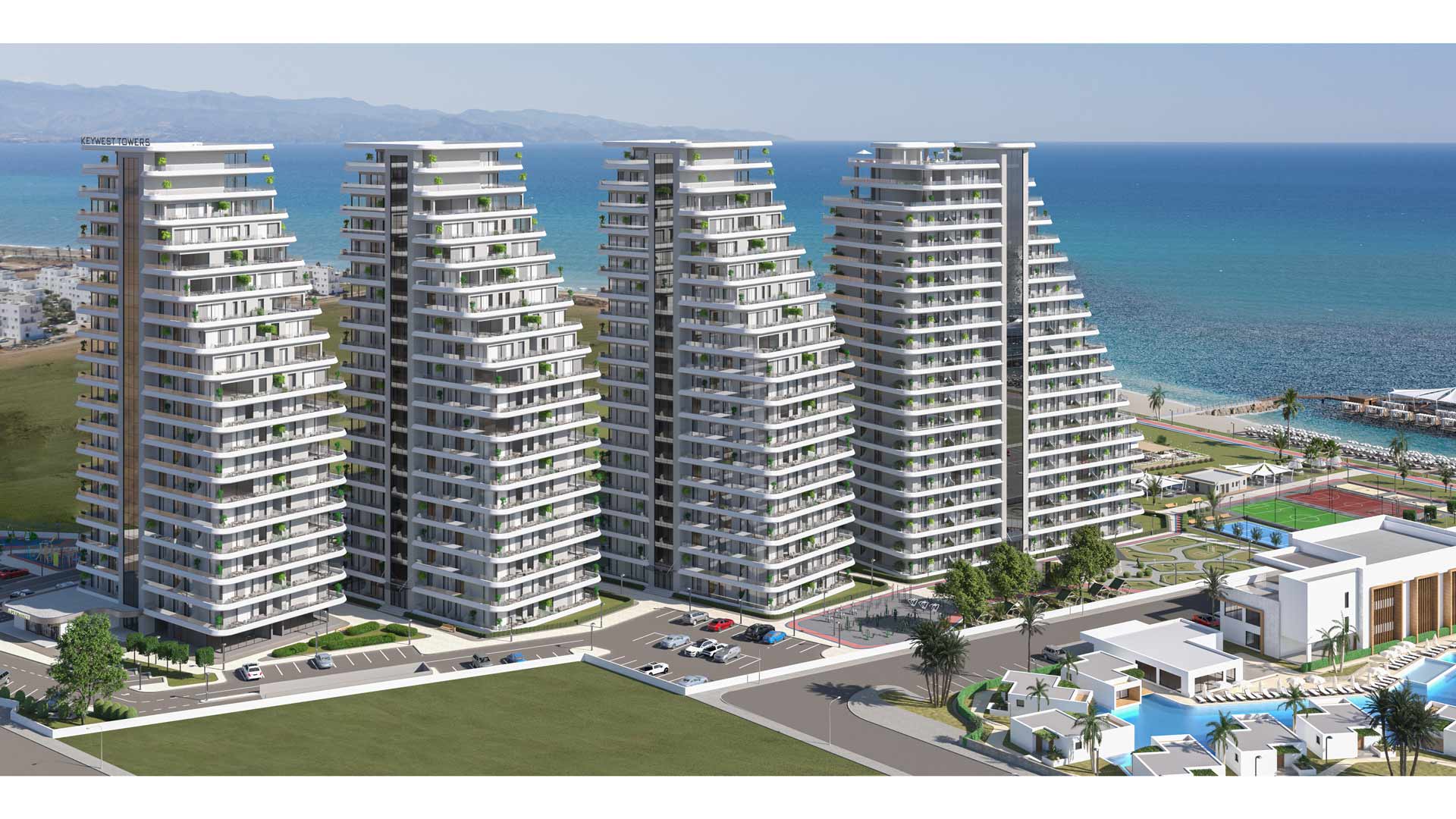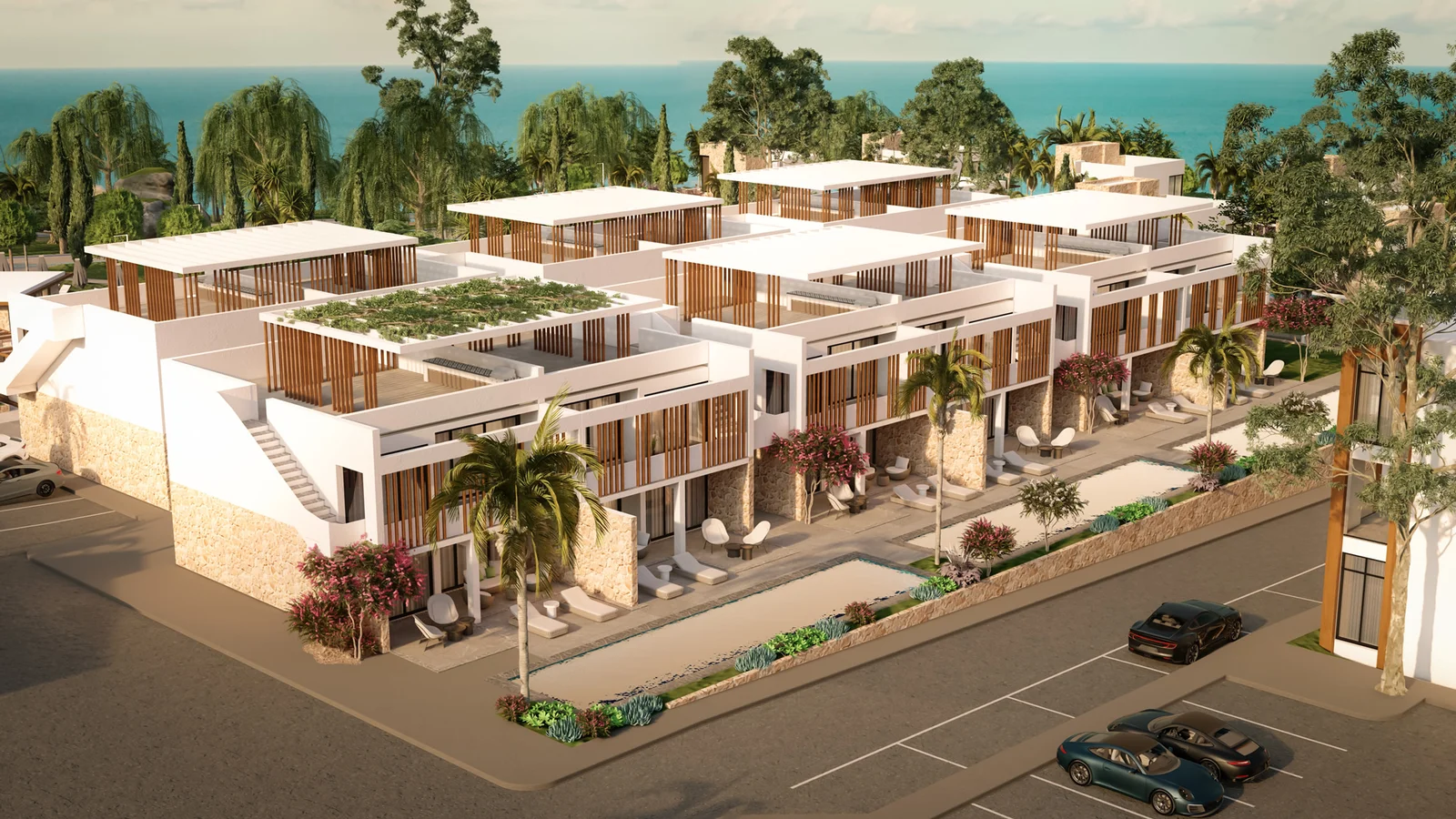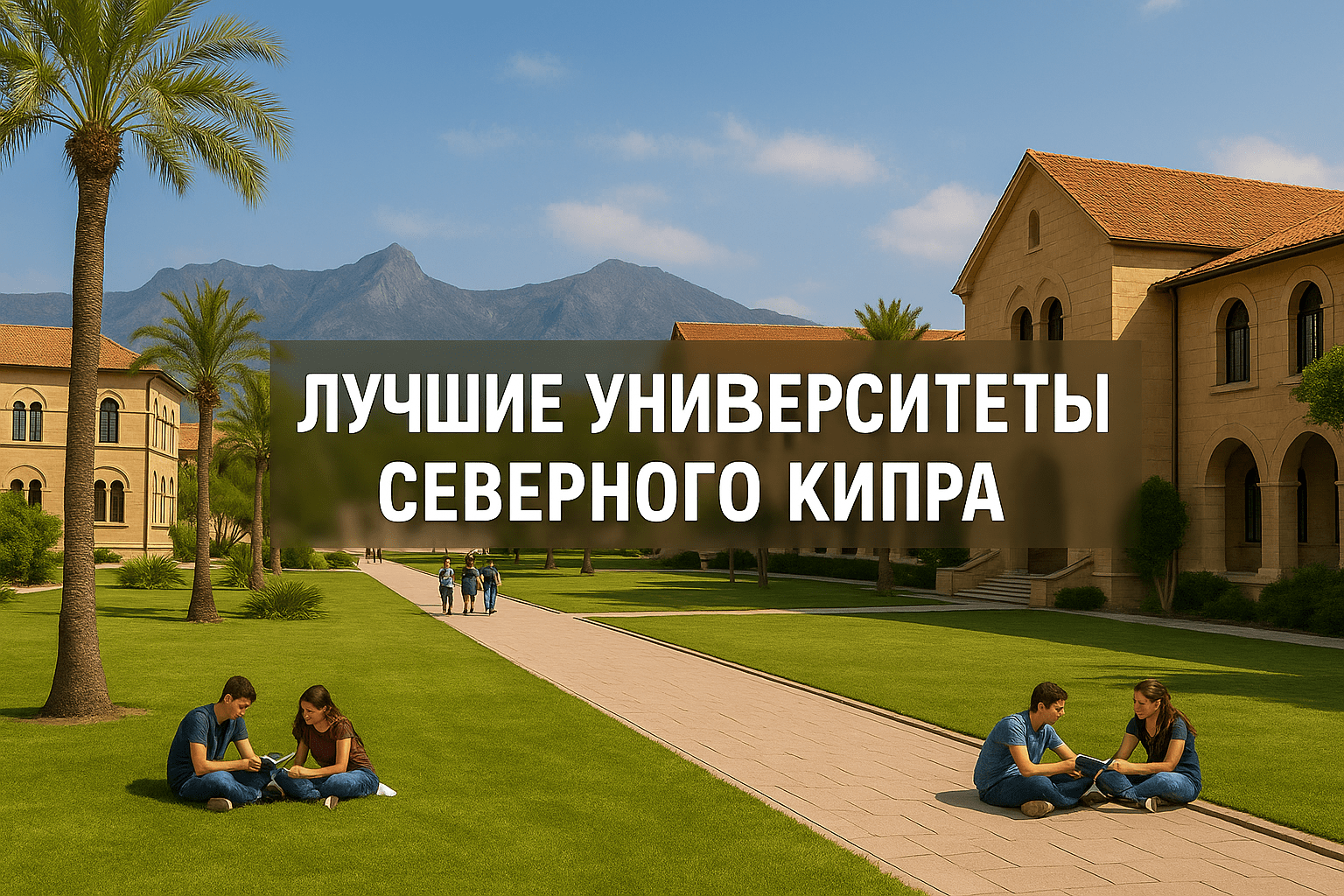
Underground cities of Turkey


Turkey, a country located at the crossroads of Europe and Asia, is known for its rich historical heritage, which attracts millions of tourists from all over the world. One of the most mysterious and unique aspects of Turkey's cultural wealth is its underground cities. These ancient complexes carved into the cliffs have served not only as a refuge from enemies, but also as a place for entire communities to live. Built thousands of years ago, they are still admired for their engineering and mystery.
The history of underground cities
Turkey's underground cities, many of which are located in the Cappadocia region, have ancient origins. Research shows that the first of them were built in the time of the Hittites, around 2000 B.C. The main function of these underground structures was protection from external enemies and weather. Over time, especially during the early Christian period, they became full-fledged shelters where people could hide for many months while still being able to lead normal lives.
These underground cities were an engineering marvel of their time, possessing sophisticated ventilation, water supply and even light control. Ventilation shafts were designed to provide fresh air at all levels, even tens of meters deep. Water was supplied through a complex system of wells and aqueducts that allowed residents to have access to water without having to climb to the surface.

With the passage of time and the change of eras, the functions of underground cities expanded. During the Byzantine Empire, many of them were adapted for use as religious shelters. Churches and monasteries were built in underground cities, often decorated with religious frescoes and icons, testifying to the deep spiritual life of their inhabitants.
These unique architectural and engineering solutions of underground cities not only provided physical protection for their inhabitants, but also contributed to the preservation and development of cultural and religious traditions, making them an important part of Turkey's cultural heritage.Interestingly, despite their isolation, underground cities had a complex social structure and were closely linked to surface communities. Economic life included the exchange of goods and products, as well as outdoor agricultural work during safe periods.
Famous underground cities: Derinkuyu and Kaymakli
Derinkuyu, one of the deepest underground cities in the world, has a complex network of tunnels and rooms located up to 85 meters underground. The city could accommodate up to 20,000 people along with their livestock and food. This testifies to the high level of organization and thoughtfulness of the space. A special feature of Derinkuyu is the presence of multi-level communications, including complex ventilation systems that provided air circulation and made staying underground possible for long periods of time.
Kaimakli, an equally famous but more compact underground city, is eight levels, four of which are open to the public. Kaymakli served not only as a refuge, but also as a place of permanent residence, as can be seen by the presence of ventilation shafts, churches, wine cellars and even oil mills. In each of these levels, unique architectural and engineering solutions can be observed, such as stone doors that could be easily closed from the inside and which served as a defense against enemies.


Both of these cities are connected by a network of tunnels that allowed residents to move between different levels and even cities without risk of being seen. These tunnels, often narrow and winding, were designed so that in the event of an attack, enemies could not easily infiltrate or exploit them.
Studies of these underground cities continue to reveal new data on how ancient societies were able to not only survive, but thrive in such difficult conditions. They are testimony not only to engineering prowess, but also to the social organization, religious practices, and cultural traditions of the ancient peoples of Cappadocia.
Archaeological findings
Archaeological excavations in the underground cities of Cappadocia continue to attract scholars and archaeologists from around the world due to their rich historical content. Finds here range from everyday objects to unique frescoes that open new pages in the history and culture of ancient civilizations. In the city of Kaymakli, for example, ancient scrolls have been discovered that have given scholars a key to understanding the social structure and cultural traditions of those times. These texts contain information about laws, religious rites and even the daily rituals of the inhabitants.
In addition, unique objects such as ceramic vessels, tools and jewelry have been found in other underground cities such as Derinkuyu, which indicate the high level of craftsmanship and technology of the time. Some of these objects display intricate patterns and ornaments, indicating an advanced art and culture.

Another interesting aspect is the discovery of various defense mechanisms, including massive stone doors that could have been closed from the inside to protect the inhabitants from external threats. These doors and other engineering solutions emphasize the elaborateness and functionality of underground cities as shelters.
These archaeological discoveries not only deepen our understanding of ancient civilizations, but also help preserve this unique history for future generations. Each find brings new knowledge that can redefine already established historical concepts and provide a new perspective on the life of ancient societies underground.
Modern utilization
The preservation of Turkey's underground cities is a priority for both local authorities and international cultural heritage protection organizations. In recent years, new technologies have been introduced to protect and preserve these unique archaeological sites. Modern methods include the use of special materials to reinforce walls and ceilings, as well as climate control systems to prevent deterioration from humidity and temperature fluctuations.
In addition, regular monitoring of the condition of underground structures is carried out as part of conservation efforts. These measures allow for the timely detection and prevention of possible damage caused by natural processes or human activity. Also, to ensure the safety of tourists and the preservation of archaeological finds, restrictions are imposed on the number of visitors to the underground cities at any one time.
An important part of the modern use of underground cities is their integration into cultural and educational programs. Museum exhibitions, interactive tours and educational excursions are created to help visitors better understand the historical significance of these places. These measures not only raise awareness of the need to preserve unique heritage, but also attract additional investment to the region, contributing to its economic development.

Legends and myths
Turkey's underground cities are shrouded in many legends and myths that make them even more attractive to visitors. One popular legend says that the underground cities were connected by secret tunnels that could be used to travel for many kilometers without going to the surface. These stories add to the mystery and enigma, attracting history and adventure lovers.
Other fascinating legends include the story of the underground city of Derinkuyu, which, according to myth, was built by giants. Local villagers say that the giants used these underground spaces to protect their treasures and livestock. There is also a legend of the "Path to the Lost Civilization", which supposedly leads from the underground city to a forgotten underground city that still holds ancient artifacts and manuscripts.
Additionally, many locals believe in the existence of the "Spirit of Cappadocia", a spirit that guards the underground cities and helps those lost in the labyrinthine tunnels find their way out. These stories not only embellish the stories of the guides, but also bring an element of mysticism to a visit to these ancient and mysterious places.
Comparison with other underground structures of the world
For a visual comparison of underground cities in Turkey with other known underground structures in the world, let us present the information in the form of a table:
| Structure | Location | Features | Historical significance |
|---|---|---|---|
| The underground cities of Cappadocia | Turkey | Extensive housing complexes with churches, wine cellars and ventilation systems. | Ancient refuges, places of life and faith. |
| The underground city of Montriol | Canada | A modern underground network connecting shopping centers, offices and transportation hubs. | Commercial and transportation importance. |
| Koo Chi Tunnels | Vietnam | A network of military tunnels used during the Vietnam War. | Military history, tourist attraction. |
| The underground city of Derinkuyu | Turkey | One of the deepest underground cities in the world, it could hold up to 20,000 people. | One of the largest historic refuges. |
| Valkenburg underground complex | Netherlands | Used during World War II, it contains many wall drawings. | A historic shelter with unique drawings. |
This comparison shows that Turkey's underground cities are unique in their multifunctionality and historical significance. They were not just shelters but also places of permanent residence, which distinguishes them from many other underground structures created mainly for specific, often temporary purposes. This variety of functions and rich history make Turkish underground cities particularly interesting for both research and tourism.
Turkey's underground cities represent a unique cultural and historical heritage that continues to inspire and amaze explorers, historians and tourists from all over the world. They not only testify to the outstanding engineering achievements of antiquity, but also exemplify human ingenuity and the ability to adapt to difficult conditions. Preserving these underground cities and continuing research will allow future generations to learn more about our past and the amazing people who created these unique subterranean worlds.
Underground cities are ancient underground networks in Turkey, located mainly in Cappadocia and historically used as protective shelters and living quarters. They have complex engineering systems, including ventilation and water supply systems.
Many of these structures date from around 2000 B.C., originally built in Hittite times and expanded in the early Christian periods for long-term shelter.
Derinkuyu and Kaimakli are among the most famous. Derinkuyu is known for its depth and capacity of up to 20,000 people, while Kaymakly is known for its complex multi-level construction.
Yes, many of these underground cities, such as Derinkuyu and Kaymakli, are open to tourists. They provide a glimpse of ancient engineering and historical lifestyles.m
These towns were equipped with living quarters, storage facilities, churches, wine cellars, and even schools, demonstrating a high degree of organization and social life underground.
What are underground cities in Turkey?
Underground cities are ancient underground networks in Turkey, located mainly in Cappadocia and historically used as protective shelters and living quarters. They have complex engineering systems, including ventilation and water supply systems.
How old are the underground cities of Turkey?
Many of these structures date from around 2000 B.C., originally built in Hittite times and expanded in the early Christian periods for long-term shelter.
What are Turkey's most famous underground cities?
Derinkuyu and Kaimakli are among the most famous. Derinkuyu is known for its depth and capacity of up to 20,000 people, while Kaymakly is known for its complex multi-level construction.
Can tourists visit these underground cities?
Yes, many of these underground cities, such as Derinkuyu and Kaymakli, are open to tourists. They provide a glimpse of ancient engineering and historical lifestyles.m
What structures did these underground cities contain?
These towns were equipped with living quarters, storage facilities, churches, wine cellars, and even schools, demonstrating a high degree of organization and social life underground.






















